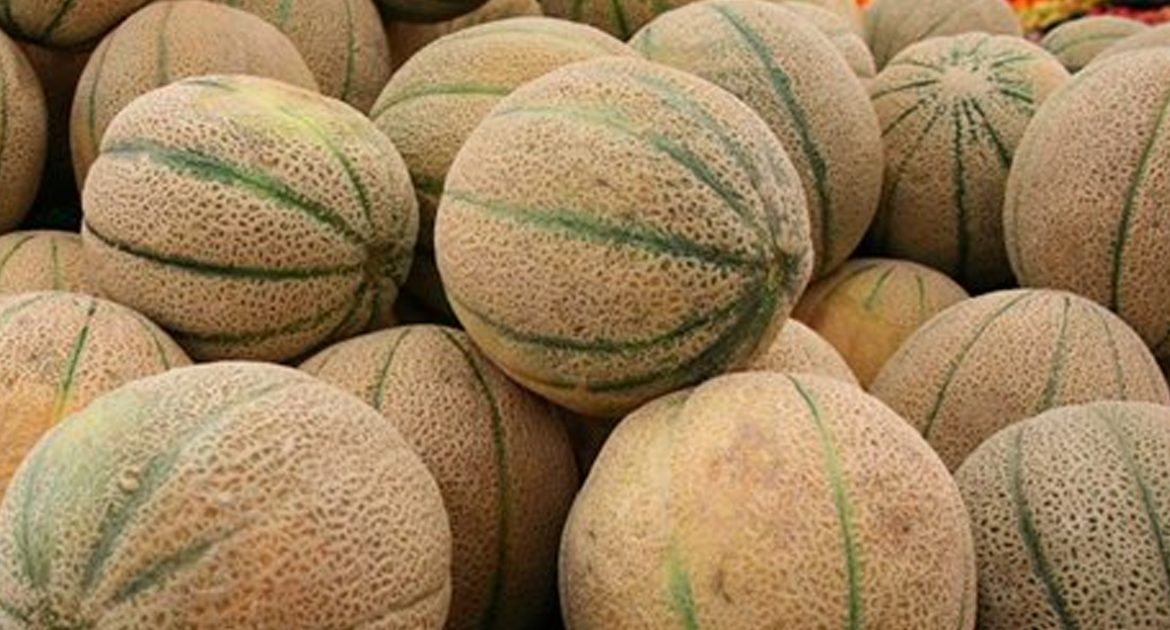If you’re anything like us, you love cantaloupe.
These juicy and delicious fruits are a treat for us from June to September, when they’re in season. Still, like may of the best fruits and vegetables (we’re looking at you, avocados), it can be a little bit of a challenge to pick them at the perfect time for taste and ripeness. Still, for those in the know, there are ways to make sure you pick the perfect cantaloupe for your fruit salad or cook out.
Here are the steps to picking the perfect cantaloupe.
1. Check out the rind for any defects.

Sometimes you’ll pick out a juicy melon only to get it home and have it covered in bruises and marks. To prevent this, pick up the cantaloupe and check the outside for soft spots, indentations, cracks, bruises and and moldy patches. Once you’re all clear, you can move on to the next step.
2. Examine the skin color carefully.

Although the inside of a perfect cantaloupe is colored a gentle orange or a salmon-y color, the outside of the perfect cantaloupe is quite different. If you’re looking to eat it right away, try to avoid any tones of green in the rind—that’s a sign that the fruit is not yet ripe. Instead, you’re looking for a rind that is a soft beige, with maybe a very faded green undertone.
3. Consider the weight.

Comparing the cantaloupe to a few others can also be helpful to make sure you’re picking a good one. The general rule of thumb is: the heavier, the better.
4. Gently push in on the blossom end of the fruit.

To make sure the pulp is the right consistency to eat, give the bottom end of it a gentle press in with your thumb to test its strength. Ideally, the fruit will give just a little—though not too much. Too much is a melon that’s already starting to fall apart on the inside which doesn’t make for a good fruit salad.
5. Give it a few taps.

You can also give the melon a light rapping on the rind with the palm of your hand. Listen to the sound. If it gives off a hollow sound, you’re in good shape—any strange sounds likely mean that there’s something wrong with the inside.
6. Smell it!

Put the cantaloupe right up to your nose and consider its scent. If it’s ripe, it should give off a gentle, sweet smell. If you pick up one of these fruits and are overwhelmed by the scent coming off of it, that’s a good sign that the melon is past its prime and is now overripe.
After all these steps, you’re ready to take it home and eat it. Enjoy!
Please Liked Video this with your friends and family.






